Do you want to play sports and the rain and the wind do not scare you, nor as a quick swim? Then you need an accessory that as a way is hardened against adversity and that has an adventurous spirit. The market for such products has few, and Urbanista Athens is one of them.
The writer is not really an Indiana Jones in sport but we took courage and tried these sports earphones for you in different situations: having music always, really always in your ears is interesting, with some little attention.
First connection
In the Urbanista Athens box there is space for the small plastic case (with velvety surface), the USB-A / USB-C charging cable, a small instruction booklet for the first connection (which is useless), the spare earphones and rubber pads. .
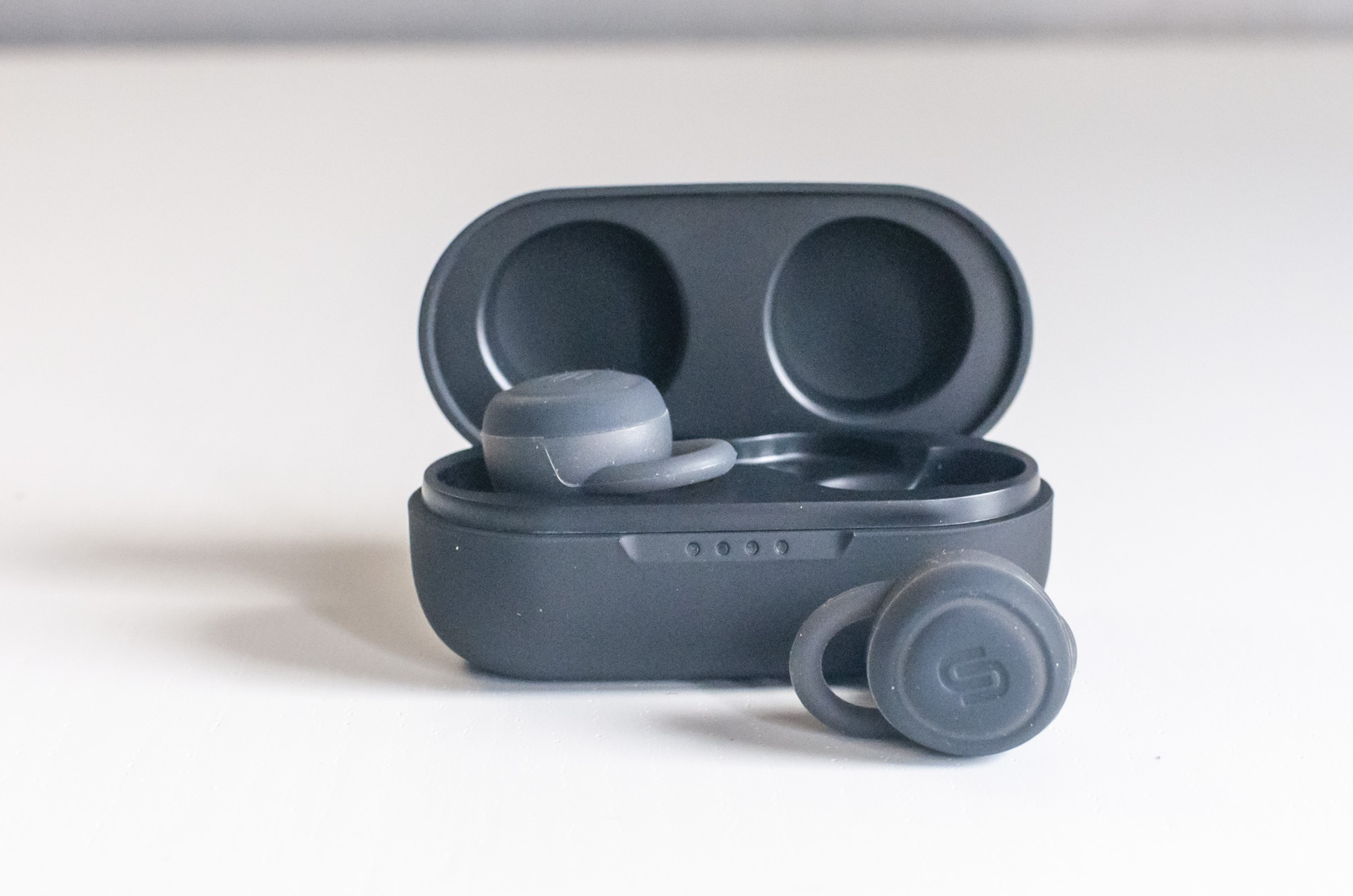
Once activated, the first connection takes place automatically, because if the headphones do not detect the associated device, they go directly to pairing.
Associated, we recorded the first oddity: the headphones paired with our iPhone right away, but behaved not like a single pair of headphones, but more like twins.
This impression also remained in subsequent connections, the headphones are paired with each other and with the iPhone at different times, so much so that the two “Connected” alerts are heard in the headphones at separate moments (with gaps of a few hundredths of a second, but distinguishable ): in addition to this, from time to time it was necessary to activate the connection by hand.


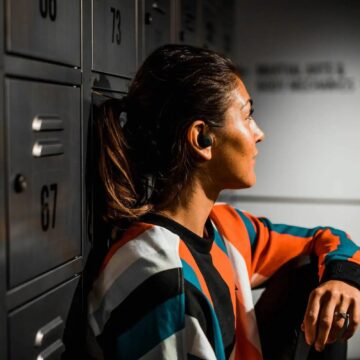
Passive reduction
Although the headphones do not offer an electronic noise reduction system, once worn, the shape of the in-ear itself offers a drastic reduction of external noise given by the so-called passive mode.
The writer had to do some tests between bearings and positions before finding the perfect symbiosis, but once you have found the sport it undoubtedly becomes less heavy. The headphones are rubber coated with an outer ring that glows in certain situations, such as when charging and when turned on.
In the position of the lights there is a button for the headset, designed to control the volume, playback and also the voice assistant: for positioning and stability there is a small rubber ring. to change the device, on the other hand, no buttons are needed, the manual illustrates the sequence in the cradle.
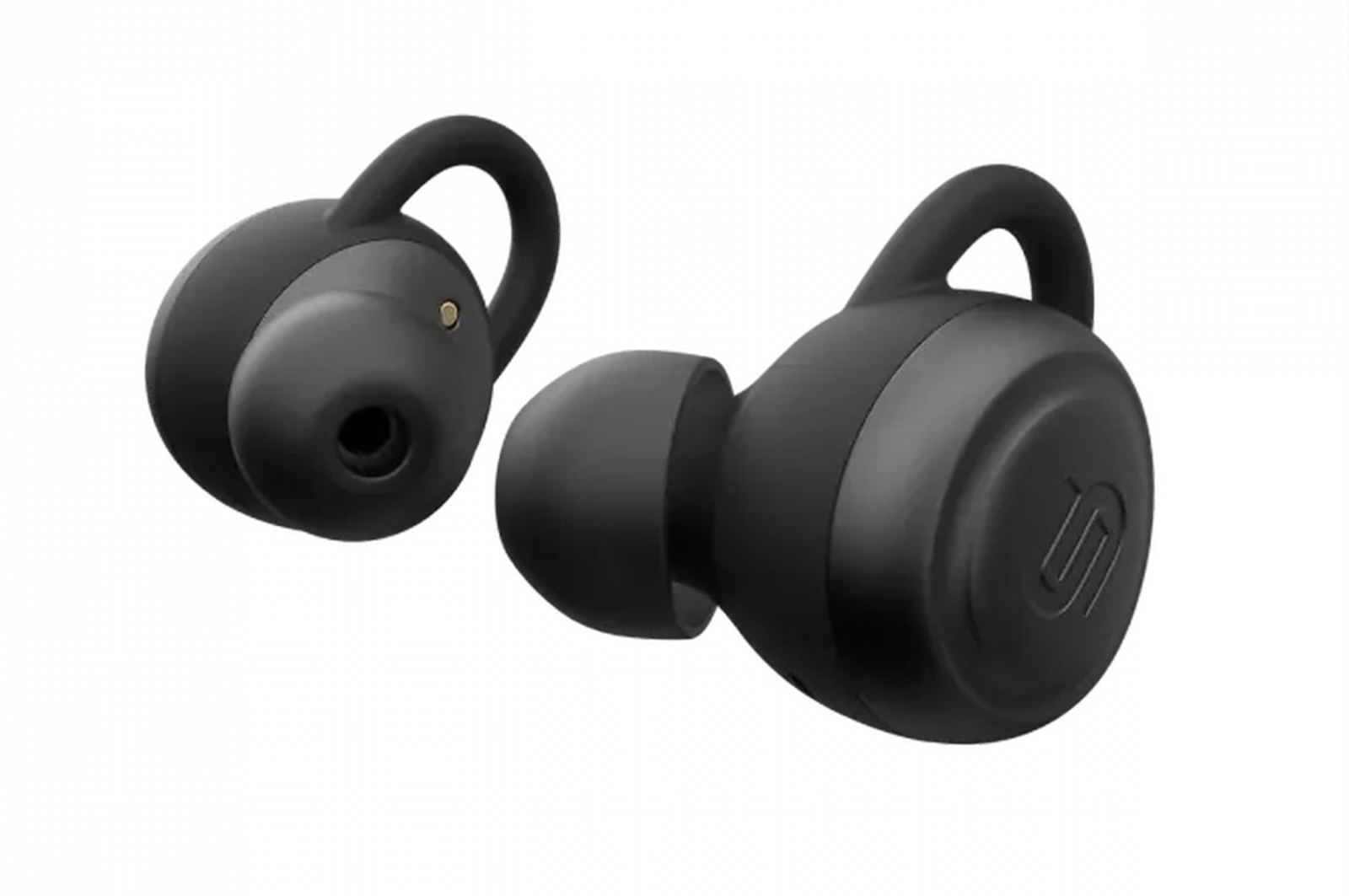 A rubber ring helps positioning in the ear
A rubber ring helps positioning in the ear
Acquaman
One of the most interesting features of these headphones is undoubtedly the possibility of being used not only for outdoor sports, but also in the pool, at the sea or at the lake.
The paired certification, IP67, says the headphones can also be used underwater between 15cm and 1m depth for up to 30 minutes, so you can't explore the Titanic at the bottom of the ocean, but it's ideal for diving. sports swimming on the surface.
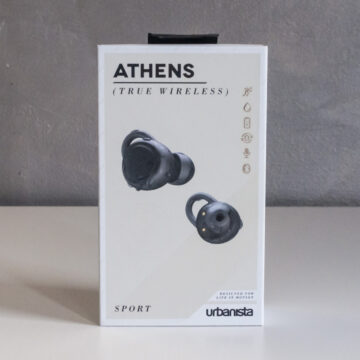
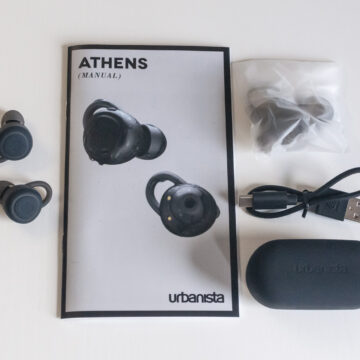
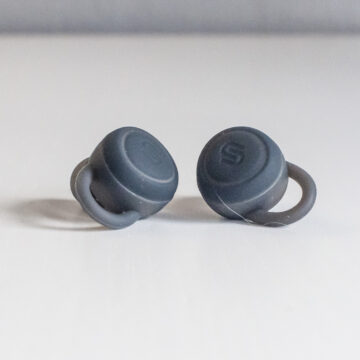
The writer was unable to try them at the seaside because the summer season, while these lines are written, did not start, but it was a lot of fun to shower and bathe with headphones on, in addition of course to the Sunday run.
The headphones also lend themselves well to extra-sporting activities: the analogue exclusion of external noise, given by the shape of the earphones, is excellent for an afternoon at the park reading, a little less when walking around the city. Fortunately, one of the features of these earphones is that they can work perfectly on their own, not necessarily in pairs, in the ear of your choice.
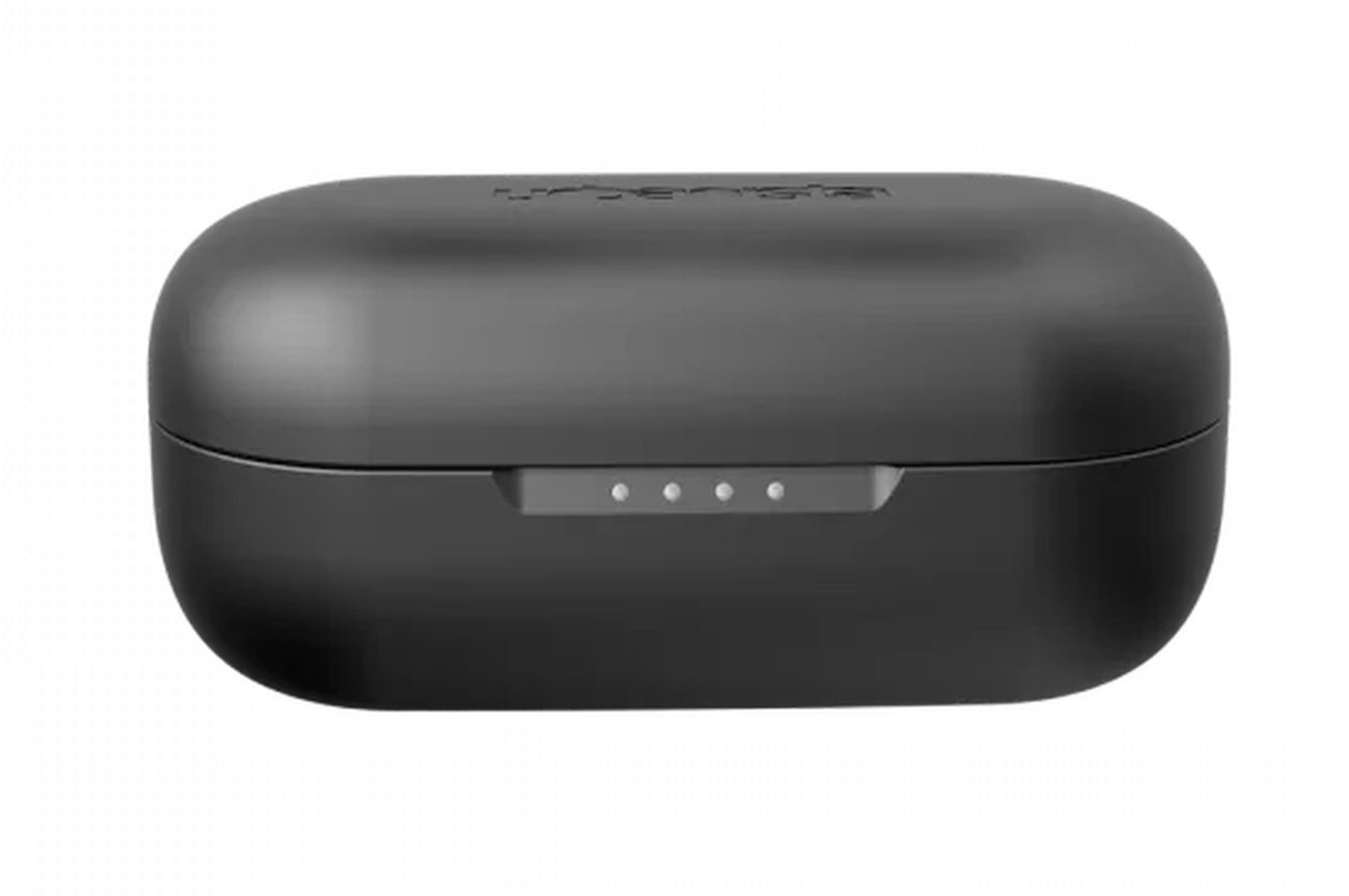 Four small LED indicators show charging the headphone cradle immediately after closing
Four small LED indicators show charging the headphone cradle immediately after closing
Music
From “Rocket Man” by Elton John to “Nothing compares 2U” by Sinead O'Connors, through “Somewhere Over The Rainbow” by Israel Kamakawiwo'ole, “Cajun Interlude” by Adrian Legg, “All Along The Watchtower” by Jimi Hendrix and Queen's “Bohemian Rhapsody” we explored many musical genres, both with vocal compositions and without, such as “Dual Transformation” by Alan Parsons Project (soundtrack of the splendid “Ladyhawke”) or “On Reflection” by Max Richter, one played on the piano from the introspective and chilling “Black Mirror” to “The Theory Of Everything” by Jóhann Jóhannsson, from the film of the same name (prepare the handkerchiefs).
Musicality is good, however small the 6mm drivers can offer. The frequency range, 20Hz – 20KHz and the output power of 7.70dBm (with impedance 16Ω ± 15%) offer a well balanced sound, with bass present but not overwhelming, and if perhaps a little more on the higher tones it could be do, the result is still good (as long as you place the earphones well in your ears).
The incoming speech is also good, both for some podcasts or Twich streaming, while for the calls the audio suffers, a compromise that probably the IP67 certification could not avoid.
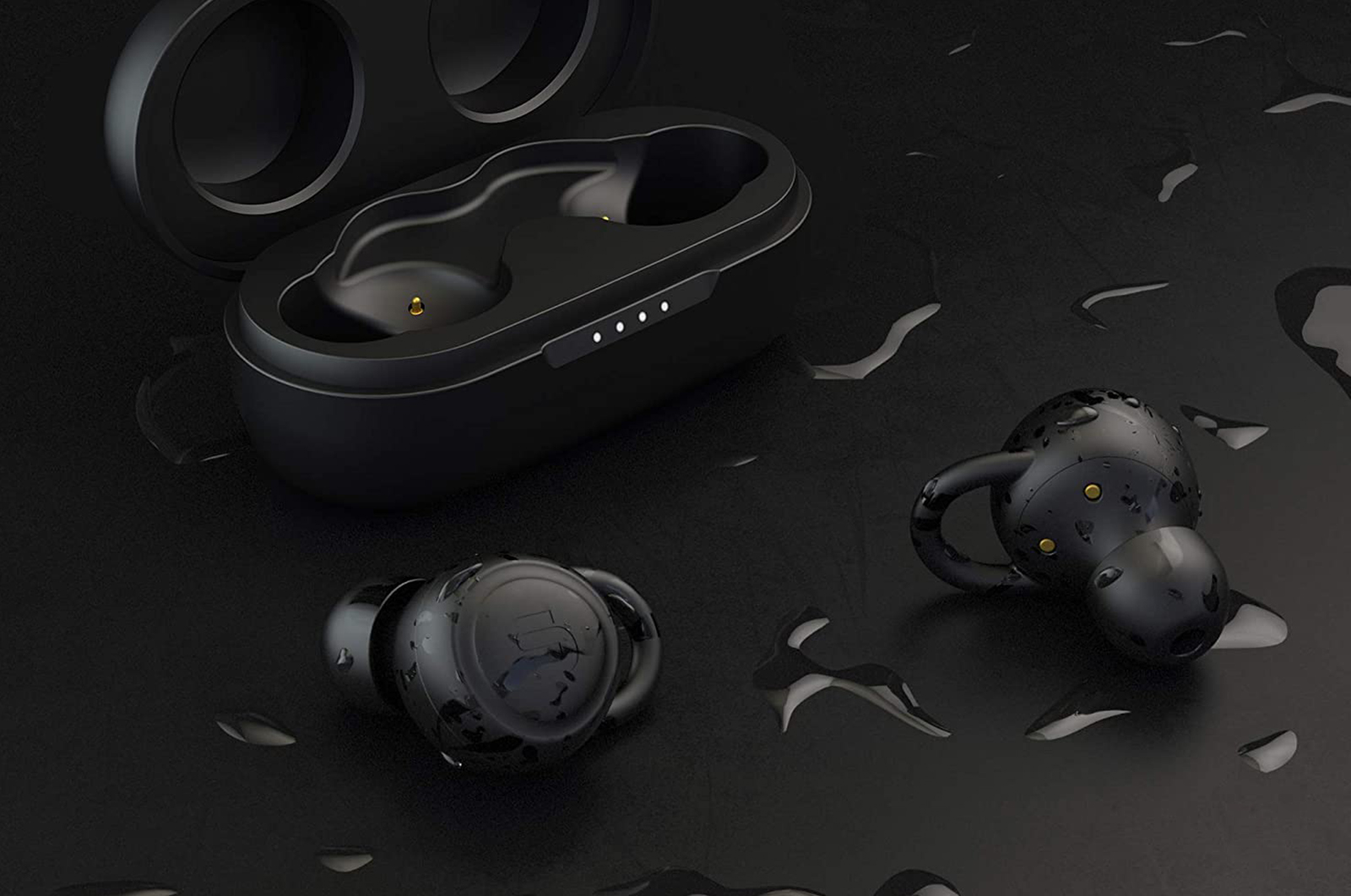 The possibility of being used underwater should not be underestimated, because it offers a whole new experience
The possibility of being used underwater should not be underestimated, because it offers a whole new experience
Considerations
The experience with the Urbanista Athens was good, in the personal opinion of the writer, better during sport than in free time, due to their normal aptitude for effort and, obviously, better in the water than out of the water.
Indeed, the experience of listening to music while submerged is interesting, innovative and certainly worth exploring for those who play sports in the pool, at the sea or at the lake and until now have had to give up the sound stimulus of a rhythmic piece by David. Guetta compared to those who instead run on the surface. To review the part relating to synchronization, which sometimes leaves some perplexity, even if everything works correctly.
The price is substantially interesting, because there are not many models on the market capable of operating even underwater and the Urbanista Athens offer this, in addition to being perfect even for the most classic sport.

Pro:
• They also work underwater • Passive noise reduction • Affordable price
Cons:
• Synchronization to be reviewed
Price:
• 129.99 Euro (discount on Amazon.it)
Urbanista Athens are conveniently available (and with a small discount) at Amazon.it.





